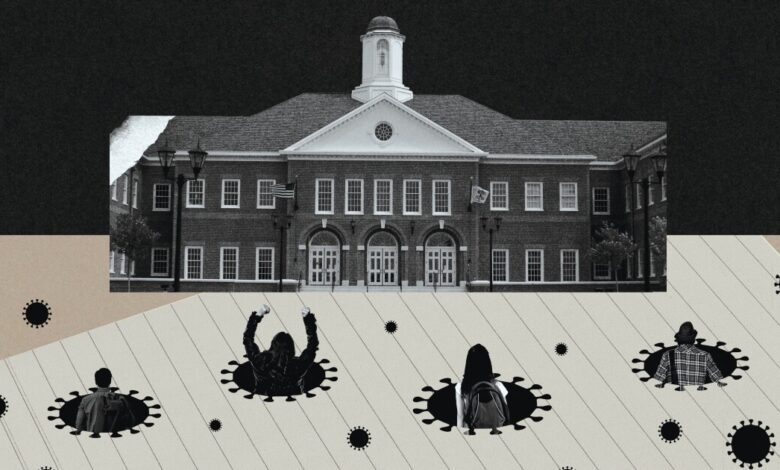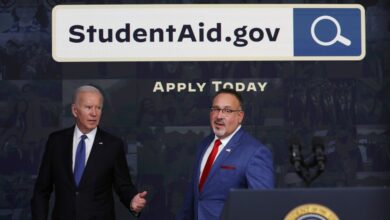How Students Spent More Than $30 Billion in Federal Covid Aid

The vast majority of college students at 11 institutions who received emergency financial aid through the federal Higher Education Emergency Relief Fund said the money helped to reduce their stress and let them better focus on their studies, according to a survey published today.
The fund provided $75 billion in aid to higher-education institutions hurt by the economic fallout of the Covid-19 pandemic; at least $30 billion was to be spent on direct grants to students.
The study — a collaboration of the National Association of Student Financial Aid Administrators; NASPA, the Student Affairs Administrators in Higher Education; and the consulting firm HCM Strategists — explored how students and institutions used federal emergency-stimulus funding during the pandemic. It also offers recommendations on improving the effectiveness of emergency-aid programs.
The survey provides a unique window into how institutions and students used the federal emergency aid because most colleges surveyed did not do their own evaluations; they were not required to.
Jill Desjean, a senior policy analyst with NASFAA, said that when asked why they did not track how students used the emergency financial aid, college administrators said that they lacked the resources to do so, prioritized getting help to students as quickly as possible, and did not want to further burden students with more questions during a stressful time. According to Desjean, survey respondents said that “to develop some kind of robust evaluation would have been a heavy lift during the chaos of those early months of the pandemic.”
Of the more than 18,000 students who responded to the survey, more than half (63 percent) said they received emergency financial assistance from their college during the pandemic, with total grant amounts received averaging $1,000 to $2,000. The institutions represent different geographic regions of the country but were not intended to be representative of college students nationwide.
Among the key findings about students from the survey:
- Eighty-nine percent of those who received grants agreed or strongly agreed that the aid helped them to experience less stress and better focus on their studies. Eighty-one percent said they received the aid quickly enough to help when they needed it. Sixty-one percent said the grants were adequate to meet their needs, and 58 percent said it allowed them to stay enrolled in college.
- Sixty-one percent of grant recipients used the money for food, 57 percent for books, and 50 percent for housing. Forty percent of students used the funds for transportation, and one-third for upcoming tuition, technology devices, internet services, or utilities.
- Forty-one percent of recipients said they borrowed less in student loans than they would have without the emergency aid; the same proportion said the grants allowed them to work fewer hours.
- Some students did not find the grants as helpful, however. One-third disagreed or strongly disagreed that they re-enrolled in college because of the aid after being forced to withdraw or stop all classes during the pandemic.
The study raises the question of what students will do when the federal emergency aid runs out. As of May 2022, 94 percent of the Higher Education Emergency Relief Fund dollars had been spent, according to the Hope Center for College, Community, and Justice. The Hope Center has highlighted the work of a handful of states with publicly funded emergency-aid programs as one potential strategy.
In addition to responses from students, the survey also received information from 321 institutions. More than half the colleges (51 percent) indicated that they drew from the institutional share of aid to help more students.
“Institutions recognized that need and decided that the funding was better spent giving those students emergency grants than covering the many, many expenses that institutions incurred themselves,” Desjean said.
Most institutions used expected family contribution (69 percent) or federal Pell Grant status (66 percent) to determine eligibility for the emergency grants. Other criteria included needs for food, housing, course materials, technology, health care, dependent care, and transportation.
Source link






